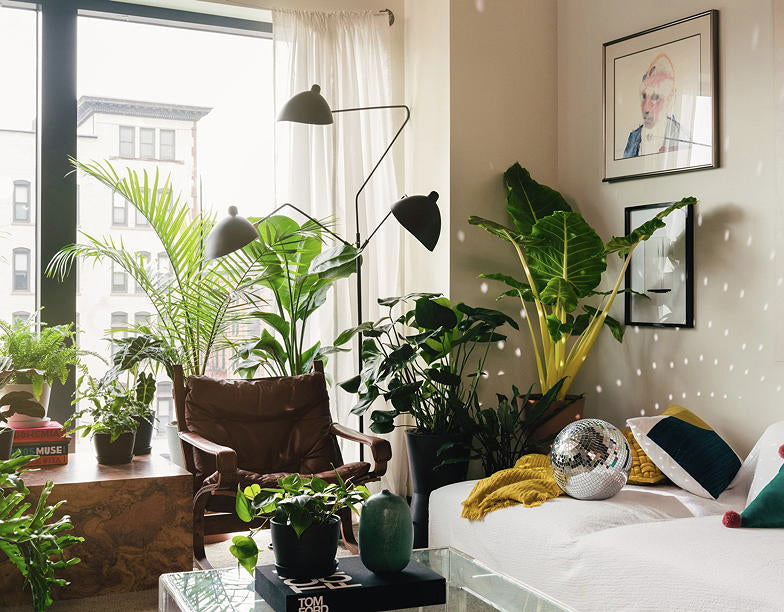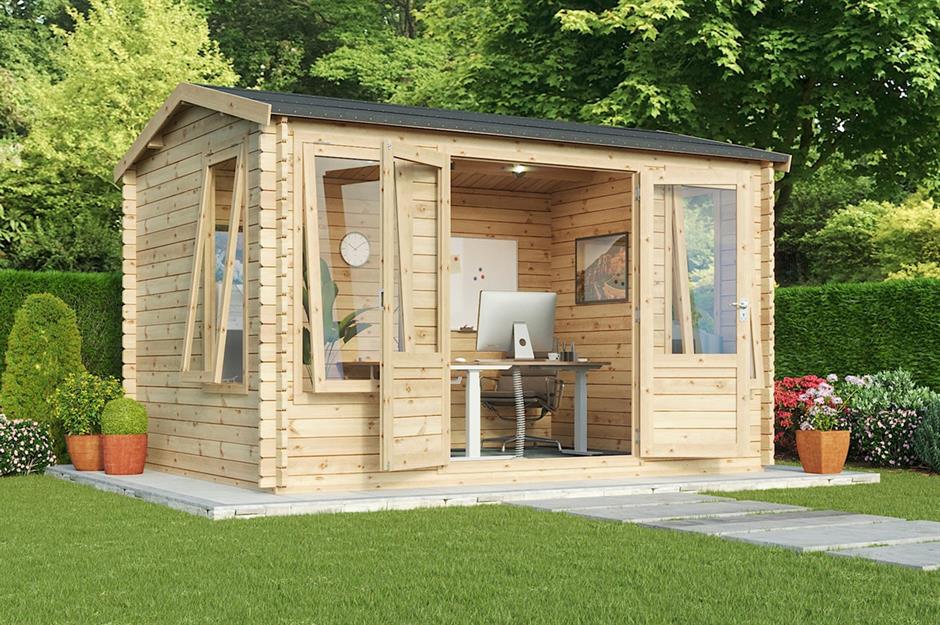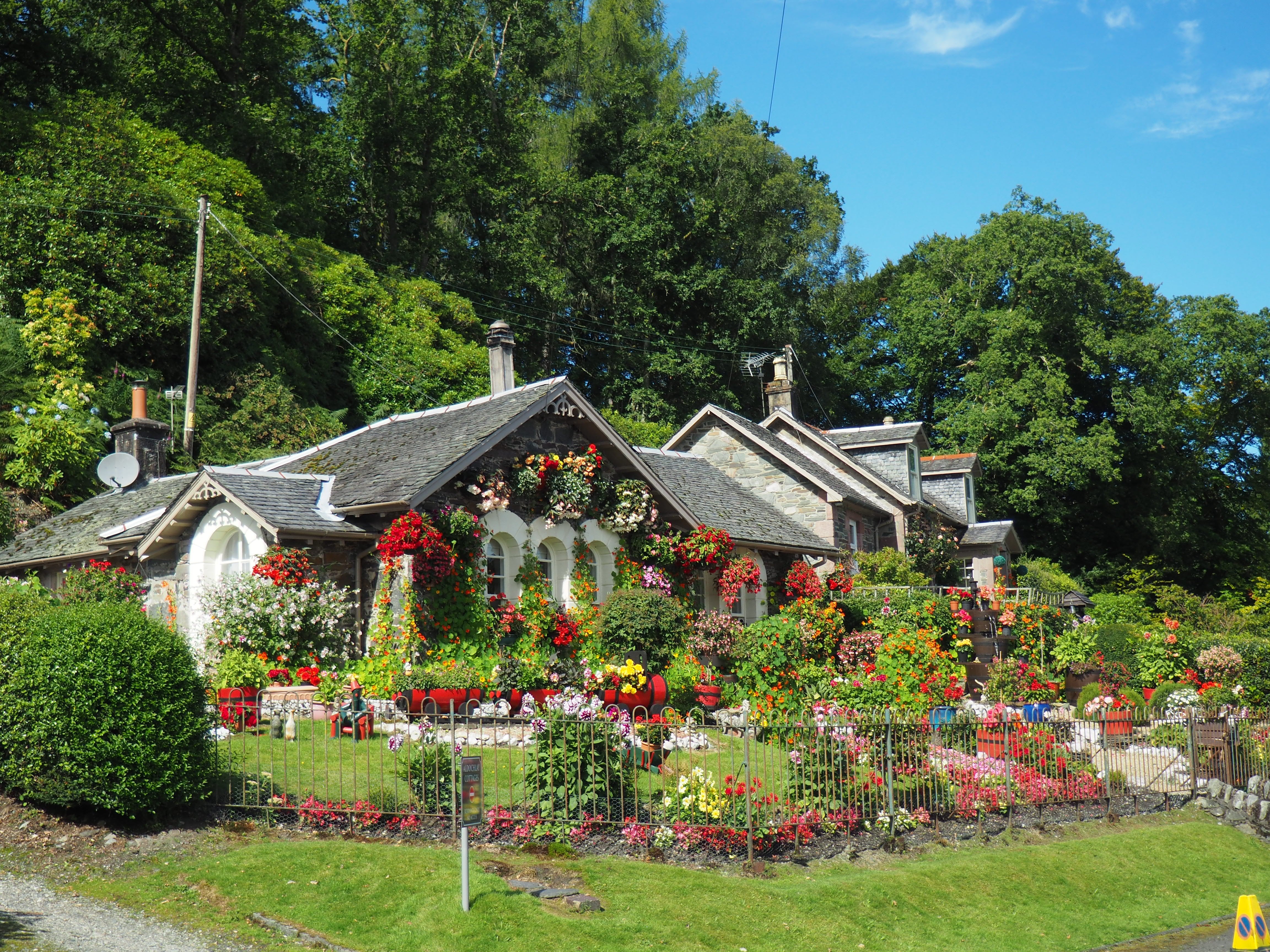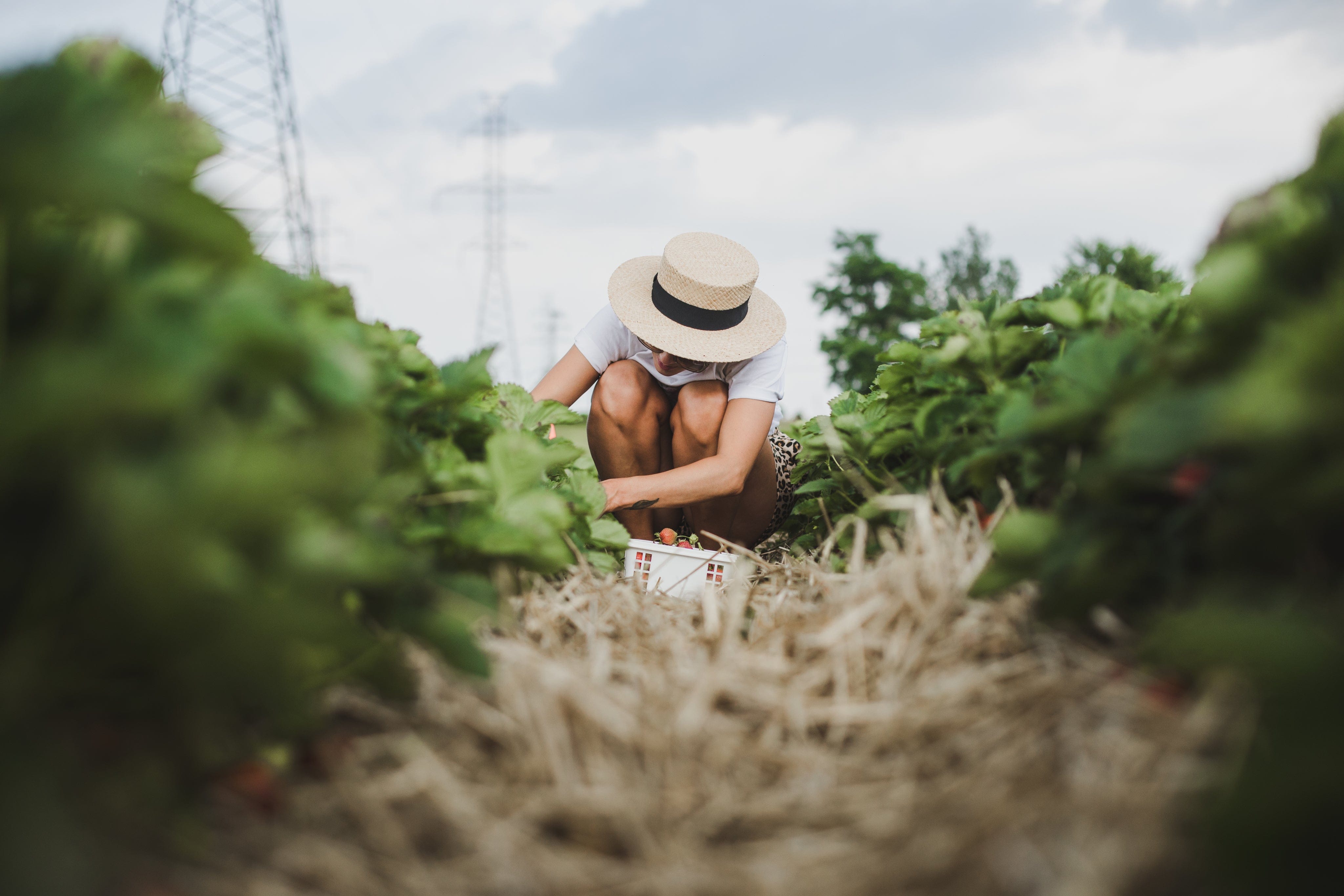
How to get a jungle home with these 10 easy houseplants to grow

Start Your indoor garden now!

Keeping plants alive can sometimes be more challenging than most would expect.
Maybe you don’t have green fingers or the time to care for these demanding plants, this does not mean you cannot achieve your dreamy indoor greenery with so many low maintenance plant options.
Plants are perceived as having a calming affect, helps reduces stress and adds a natural decor to your home.
Buy plants that can share the same lifestyle as you, that will thrive in the environment you thrive on.
Gwenn Fried, manager of the horticulture therapy program at NYU Langone advises to "Buy something that likes to live the way you do,"
If there is a room in your home that does not receive much light, buy low-light plants, such as:
- Pothos
- Prayer Plants
- Dracaena
If your house offers sun facing rooms and you find plants struggle to survive, try buying plants that thrive in the sun, such as:
- Yucca
- Jade
- Ponytail Palm
What if you find you tend to over-water your plants and that lands up killing them, some plants actually enjoy loads of water, such as:
- Peace Lilies
- Chinese Evergreen
Perhaps you are the exact opposite and forget to water and care for your plants, these might be better fitted for you:
- ZZ plant
- Kalanchoe
- Philodendrons
If you desire this jungle home but for various reasons are worried about your plants not surviving in your care, worry less, these 10 plants are almost impossible to kill.
1. Snake Plant

The Snake Plant is considered one of the most simple plants to care for, as it can tolerate low light yet it can flourish in bright, possibly indirect sunlight. During winter it needs only one watering every couple of months, do not over water.
If you need a plant that is likely to be forgotten about, this is the one for you, don’t believe me? This plant uses metabolism processes and can even withstand a drought.
Need to know more about how to grow your Snake Plant, give this a read
2. Ponytail Palm

Despite the name, Ponytail Palms are not closely related to Palm trees.
It is a slow growing plant, that can grow in full sun to light shade.
Make sure to allow the soil to dry between watering and have the right soil mix that allows for the water to drain.
Keep this plant as an indoor plant during winters as it cannot withstand extreme cold temperatures.
The curved leathery leaves are what gained the name “ponytail”
3. English Ivy

You know that charming greenery you sometimes see growing up or along a wall, this is most likely ivy.
Ivy is a wild clingy evergreen vine that tends to grow at a good speed, without much human help.
It thrives best in moist, shady or indirect light.
It is known to attract wildlife, so if having natures insects in your home is not for you, consider having this plant on your balcony, patio or shaded garden area.
Give these interesting blogs a read to learn more about planting up your balcony or patio.
Maybe you would prefer to avoid insects or pests at all costs, find out more about what plants are best to have or how to control these pests.
Enthusiastic about your ivy then find out more about these types of ivy:
- English Ivy
- Swedish Ivy
- Glacier Ivy
- Needlepoint Ivy
- Boston Ivy
- Algerian Ivy
- Irish Ivy
- Bettina Ivy
- Himalayan Ivy
- Persian Ivy
4. Aloe Vera

Not only is this plant attractive and easy to maintain, it comes with some benefits too.
Aloe is used in many products such as drinks, body creams, cosmetics as well as some medicinal creams.
Next time you need some ointment for your burn or sting, try cutting the aloe and using the sap to see if it really does have magical medicinal uses.
Aloe is also somewhat resistant to many insect pests and It grows happily indoors as a potted plant.
5. Kentia Palm

Kentia Palm’s size can be deceiving, it may be large but that does not mean large amounts of effort are required. They are relatively tolerant of neglect.
It can flourish in low light with minimal watering, allow the top of the soil to dry between watering.
Fun Fact:
The name "forsteriana" was given after Johan Reinhold Forster and his son Georg Forster accompanied Captain Cook as naturalists on a voyage to the Pacific during the early 1770’s.
Read more about caring for your Kentia Palm
6. Dracaena

These plants are wild and wonderful to create a garden or jungle feel in your home. There are about 120 species of dracaena and most of them are considered easy to care for.
Here are some popular indoor Dracaena plants:
- Striped Dracaena (Dracaena deremensis warneckii ulyses)
- Dragon Tree (Dracaena marginata)
- Cornstalk (Dracaena fragrans)
- Corn Plant (Dracaena deremensis)
- Song of India (Dracaena reflexa)
- Gold Dust (Dracaena surculosa)
- Canary Islands Dragon Tree (Dracaena draco)
7. Cacti

These easy on the eyes’ plants are renowned for being low maintenance house plants.
There are about 1750 different species and the choice of which one to buy is all yours.
Cacti have various methods to conserve water and almost all cacti are succulents, meaning they have thickened, fleshy parts adapted to store water.
They can survive in the driest conditions, so if you need a plant that demands almost no time or effort, a cactus is the way to go.
8. Haworthia

Haworthia is a large genus of small succulent plants, their look is similar to that of a very small aloe plant. These are popular container plants as they are not only small but also offer a delightful appearance, often covered in small white dots and spine leaves, adding a unique characteristic to the plant.
Most species are endemic to South Africa and/or other Southern Africa territories. All Haworthia species favour extremely well-drained soil and most enjoy shady areas.
Looking at starting a successful succulent stage, read more about cultivating succulents here.
9. Hawaiian Umbrella Bonsai Tree

As promised these are all plants that do not demand a lot of effort to maintain however the Hawaiian Umbrella Bonsai tree is not as easy to care for as most of the above mentioned plants, having said that, it can still thrive with medium human care.
It will flourish best in bright, indirect light and prefers to have moist soil.
The appearance of this plant is convincing enough, with its unique often twisted stems and intense green leaves which offer an umbrella formation.
These majestic plants can be well suited with many different garden pots. Have a look at the variety of concrete pots we have to offer.
Learn more about how to care for your Hawaiian Umbrella Bonsai Tree.
10. ZZ plant

As easy as it is to say, ZZ is as easy to care for. If you think you could kill any plant in your care, let ZZ challenge that, this plant is extremely tough and resistant.
It can successfully grow in a variety of light conditions and requires minimal watering as they have methods to store water but like all living creatures they cannot go for too long without water.
ZZ is a common ornamental plant as it's not only easy to care for, it has a lovely appearance, of glossy foliage, which makes for pretty home decor.
Fun Fact:
The botanical name derives from the superficial similarity of its foliage to that of the cycad genus Zamia as well as its relationship to the genus Colocasia.
With the right soil, these plants can change the way you live in your home.
These are just some of the easiest plants to care for, none of them sparking excitement? Here is a short list of some more that may interest you:
- Swiss cheese plant
- Sansevieria
- Spider Plant
- Philodendron heartleaf
- Jade Plant
- Asparagus Fern
- Calathea
- Kalanchoe
As you can see not all plants require gardening expertise and are quite manageable by the average person who lives a busy lifestyle.
Coming home to a foliage full environment can do wonders for your wellbeing. Not only do plants relax human beings, they also offer a positive way for people to channel their stress into nurturing.
Read more about the Therapeutic Effects of Gardening
Now that you know which plants to buy, find the perfect pots to home these new plants.
Foliage your dreams and get potting today.
Resources:




2 comments
Hey Justina, you can buy the plants above at most garden nurseries or if you look online you can buy them. Thank you for the comment
Mike Elmira
They are nice and I would like to have some .. how will I get them?
Justina Immanuel
Leave a comment
This site is protected by hCaptcha and the hCaptcha Privacy Policy and Terms of Service apply.